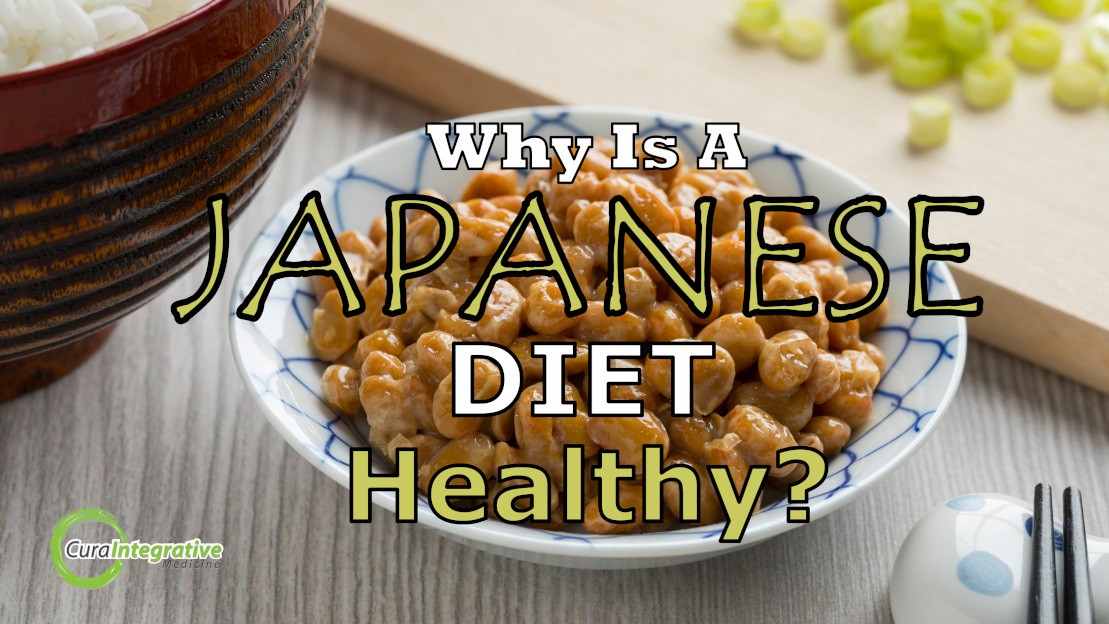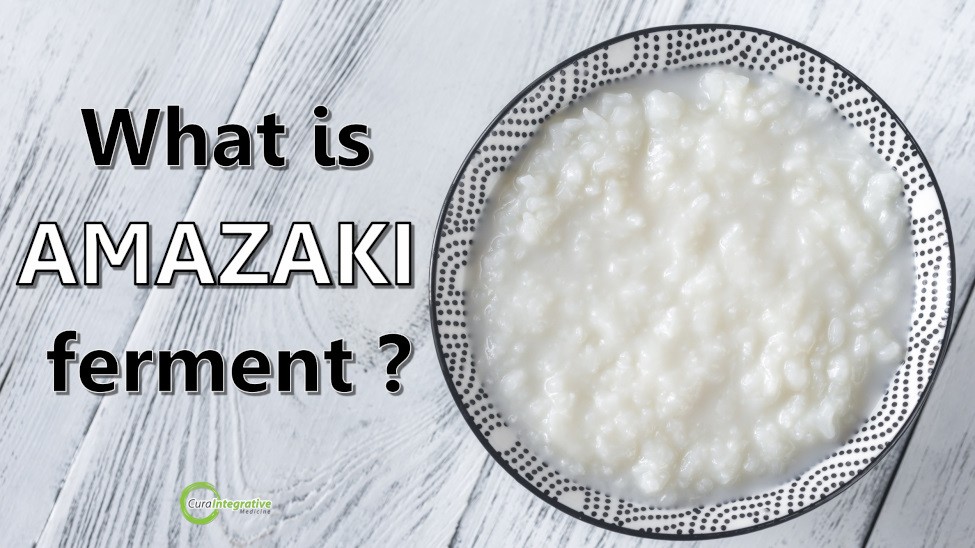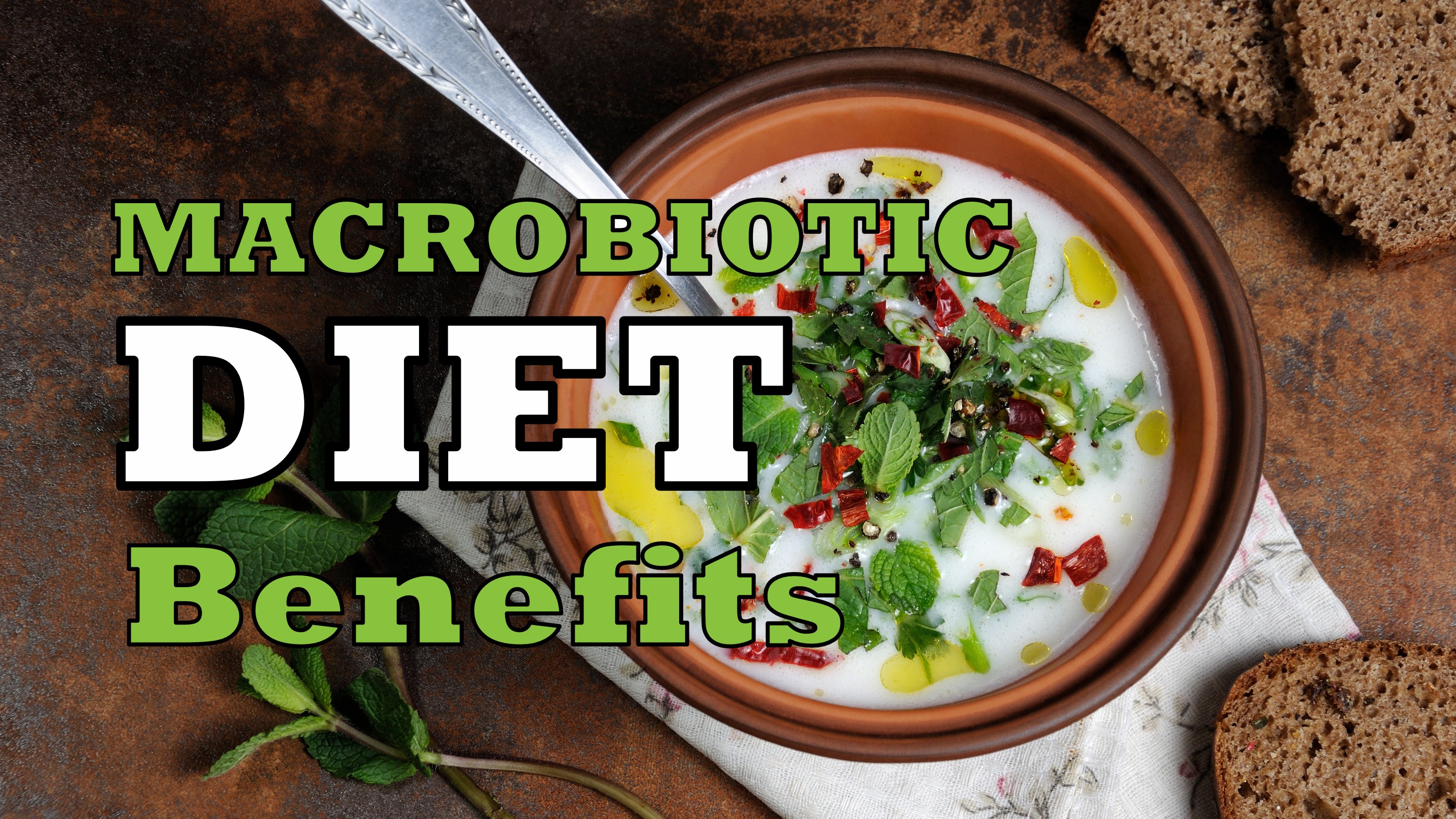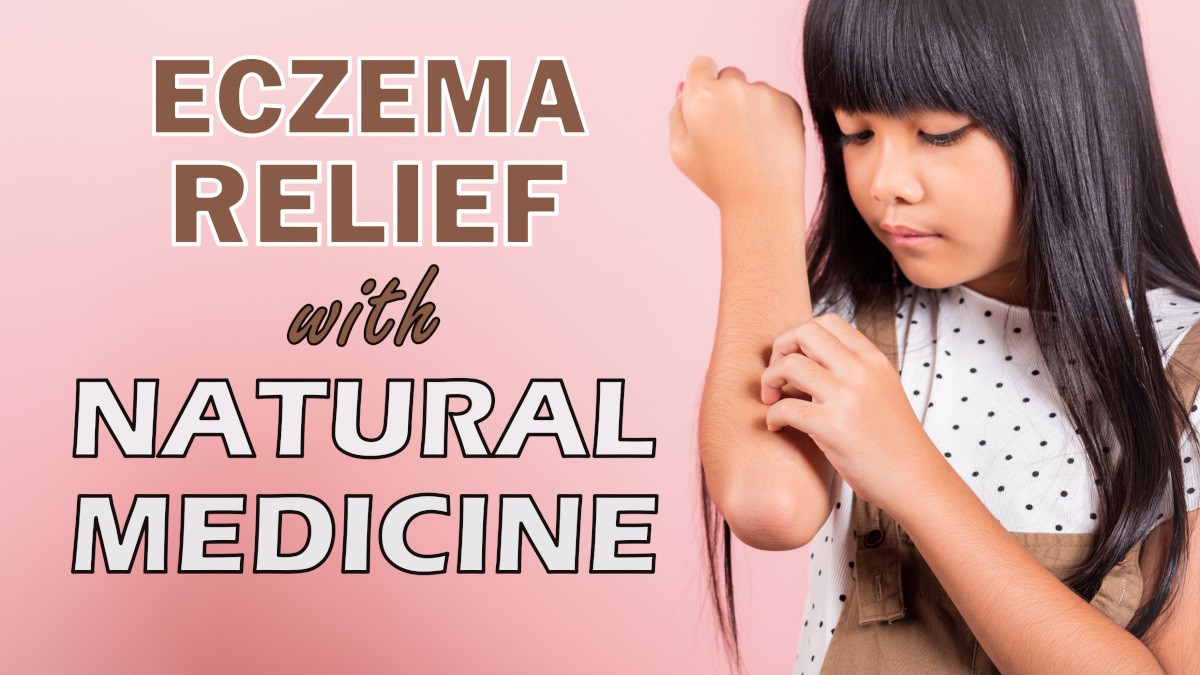Koji is a less known superfood found in a variety of macrobiotic foods. Containing Aspergillus oryzae, koji is used to make foods such as miso, amazaki and tamari. Read More…

Why Is A Japanese Diet Good For your Heart?
Posted 24 Jan
Cardiovascular disease (CVD) is the second largest “disease burden” to Australia, with the latest statistics showing over 469,000
individuals were hospitalised in 2006 for CVD conditions. Mortality caused from CVD was recorded at over 45,600 individuals. The chief
preventable risk factors have been identified as cigarette smoking, obesity, high blood pressure, high cholesterol, insufficient
exercise, poor nutrition and diabetes.
Studies spanning decades investigate several Japanese staple foods as being potentially responsible for lower cases of CVD in Japan when
compared with CVD in other countries such as Australia. Evidence suggests that diets predominantly high in soybean products, fish, seaweeds,
vegetables, fruits and green tea, in addition to reducing chief risk factors, may contribute to a decreased risk of CVD. Furthermore,
data suggests that lowered risk of CVD still exists with Japan’s high sodium intake and significant hypertensive population.
Green Tea
One study of 1371 Japanese men aged over 40 years old showed increased green tea consumption decreased serum concentrations of total cholesterol and triglyceride in blood samples taken from participants. Furthermore the results indicated an increased proportion of high density lipoprotein (HDL) cholesterol together with a decreased proportion of low and very low lipoprotein (LDL) cholesterols.
One eleven year study of over 40,500 Japanese adults concluded that although the exact effects were still unclear, green tea consumption contributed to a reduction in CVD mortality. Moreover the strongest association expressed reduced stroke mortality in tea drinkers.
More recent studies have identified and studied catechin and epigallocatechin gallate (EGCG) as two chief components of green tea which contribute to not only cardiovascular health but also anti-cancer effects and general metabolic health.
One 12-week double-blind parallel multicenter trial of 240 individuals concluded that a green tea extract which contained 583 mg of catechin decreased body fat, systolic blood pressure (SBP) and low density lipoprotein (LDL) cholesterol when taken everyday. A study this year investigated the effects of catechin on 40 obese or overweight children through measurements of waist circumference, SBP, and LDL cholesterol. The data presented a definite observed benefit to health associated with the consumption of the catechin-rich green tea.
The latest research on EGCG indicates that the mechanisms involve reducing vascular endothelial Monocyte chemotactic protein-1 (MCP-1) which is a fundamental element in the development of CVD.
Natto
Fermented soya beans, or more commonly known by Japanese as natto, contains a unique bacteria strain identified as Bacillus
natto. Nattokinase,
which is an enzyme found in natto, has been investigated for its health effects and studies conclude a significant health benefit of the
enzyme. Studies indicate positive in vitro hemorheological effects of nattokinase particularly reducing thrombotic
activity. Anti-thrombotic effects of nattokinase supplements are so effective that it has been suggested haematologists should be aware of
interaction with anticoagulant treatment.
In vitro studies of natto have shown it to have useful antioxidant properties, principally inhibiting effects on LDL oxidation in rats.
Natto can be purchased, usually in 55 gram packs, within most large asian supermarkets who stock Japanese foods
Shitake Mushrooms
Shiitake mushrooms (Lentinus edodes), as a wholefood, have numerous positive health effects within the body. Specifically in the treatment of CVD, shiitake are hypocholesterolemic.In one in vivo study, rats were fed diets containing different levels of corn fat and 2% shiitake mushrooms. The results indicated a definite positive effect on fat metabolism in the rats which were fed the mushrooms.In a different in vivo study, the cholesterol lowering effects of three different mushrooms were compared with cellulose powder.
The fecal cholesterol excretion in the shiitake was significantly higher than the cellulose powder.
The anti-atherogenic properties of Lentinus edodes mycelia were established in a studying which involved feeding cholesterol to 32 japanese rabbits for a period of 8 weeks. The rabbits were split into four groups and it was demonstrated that atherosclerotic development was significantly inhibited in the shiitake consuming rabbits.
Research has identified eritadenine as most likely the active component of shiitake mushrooms which facilitates a hypocholesterolemic effect in the body.
The exact mechanisms of action are still not clearly understood and more research must be conducted.
Fish and Seafood Intake
The Japanese diet consists of a large component of fish. Dashi, or stock used to make soups, is often made with small sardines or bornito fish flakes. Sashimi sushi, or raw fish sushi, is enjoyed over the world.
There has been an abundant amount of research and investigations into the relationship of fish consumption with lowered incidences of CVD.
Evidence continues to suggest that regular consumption of fish, high in omega-3 oil, reduces the risk of CVD and can even be effective as a
therapeutic treatment protocol.
One important study surveyed 672 men and 676 women in Japan and Hawaii and was conducted over three years. The INTERLIPID study
concluded regular fish consumption decreased CVD and mortality in the participants.
Leptin, a hormone involved in the suppression of appetite, is considered to
be involved in the development of CVD. A population eating a diet rich in marine fish was shown to have a significant low
level of plasma leptin. A further clinical trial of 69 overweight, hypertensive men and women were treated with a daily component of fish
and exercise. The results again indicated a significant decrease in serum leptin in addition to weight loss.
The Australian Heart foundation recommends individuals should eat a 150g serve of fish two to three times a week in order to achieve an
average recommended consumption of 500mg of combined docosahexaenoic acid (DHA) and eicosapentaenoic acid (EPA) a day. For individuals with
documented CVD it is recommended that the consumption of EPA and DHA is doubled.




